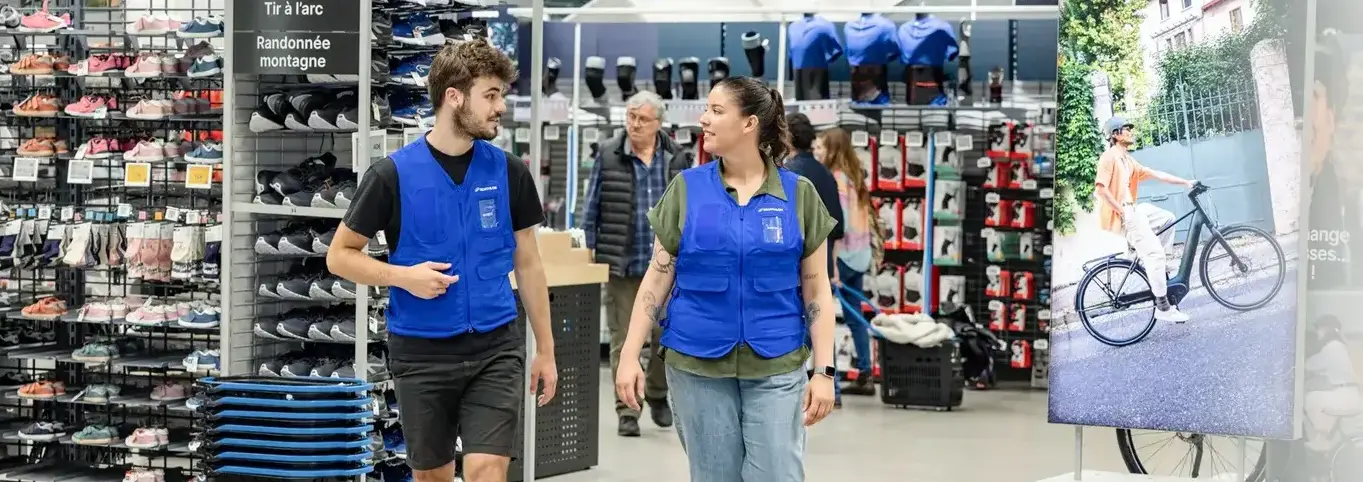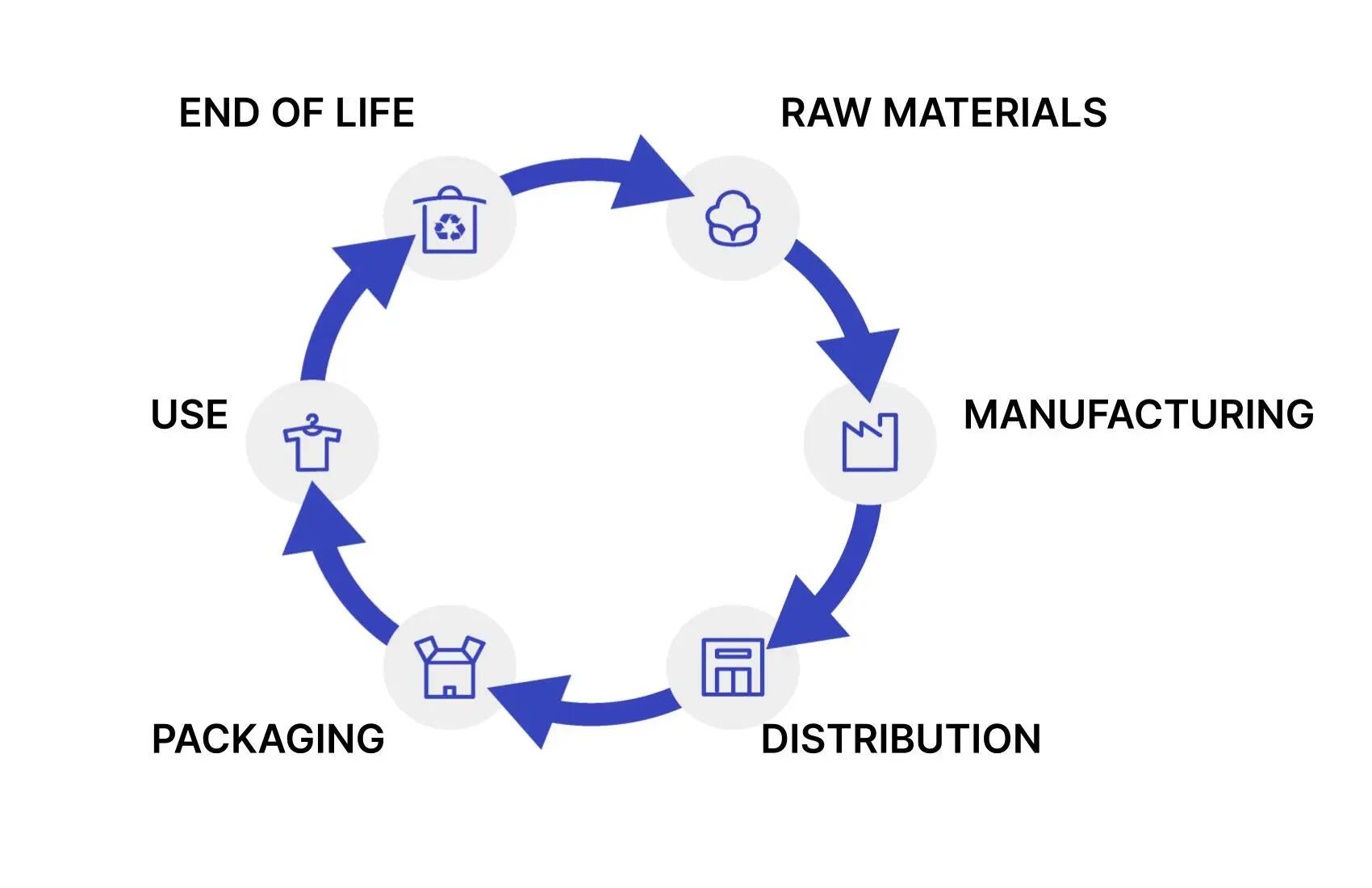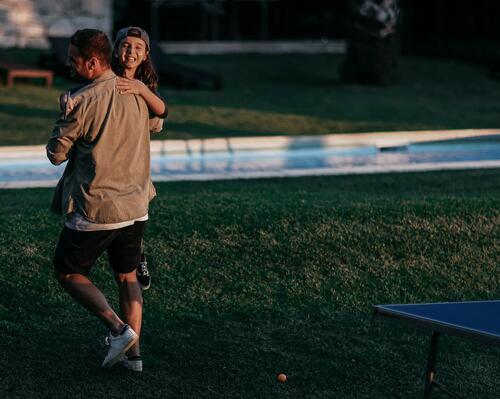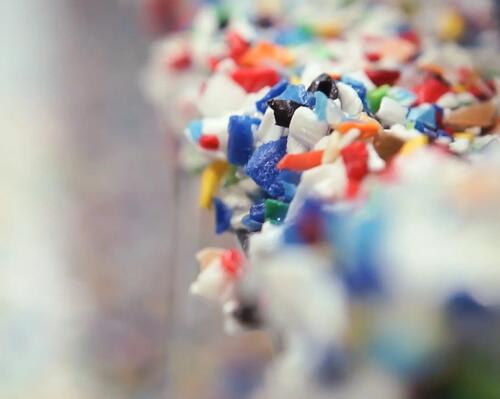Extending product lifespan
DECATHLON has been working for several years on its products’ design to extend their lifespan. The objective of this approach is to incorporate durability (resistance, reliability, performance over time and timelessness) and repairability right from the product design phase.
Durability
Using the methodologies and related tests developed since 2020, durability criteria are now included in the definition of products benefitting from an ecodesign approach, through specifications.
Engineers use the reference framework and durability standards based on this test-based design methodology to evaluate the durability of the product designed. This evaluation improves the offering’s durability through the selection of more resistant components and materials.
In 2024, the durability referent network included about 30 employees responsible for creating reference frameworks for the various product types, primarily through the use of new tools.
These reference frameworks support design teams in improving durability through four major steps:
1. Diagnosis by the referent, who determines the causes of end-of-life and the frequency of recorded defects, and who decides whether to address the issue through durability or repairability
2. Test phases validating the diagnosis
3. Interpretations of results to allow the construction of the reference framework
4. Conclusions that are compiled and lead to sustainable design rules
By using established reference frameworks, design teams can make the necessary decisions when constructing their range and identify products that need to be reviewed. This year, reference frameworks were completed for running shoes, sailing shoes, everyday shoes, dance shoes, football shirts, jackets and coats, goalkeeper gloves, socks, yoga mats, knee pads, life jackets and suitcases.
DECATHLON used 57 reference frameworks for its product lines in 2024.
In 2024, the teams focused on:
- deploying an IT tool to determine a sustainability index for each product. It will be finalised in 2025 and used to optimise the creation and monitoring of reference frameworks for product
engineers
- aligning the ecodesign durability criteria used internally with existing external reference frameworks
- participating in the publication work for the NF G30-113 French standard, following work conducted in 2023 as part of the Durhabi initiative in collaboration with the IFTH.








